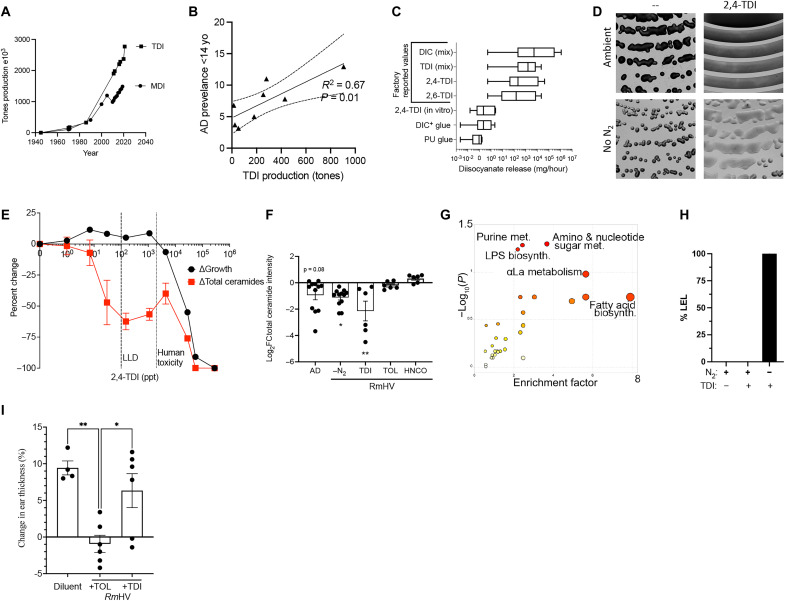Fig. 4. TDI disrupts beneficial pathways in R. mucosa.
(A) Total U.S. production of TDI and MDI since 1940. (B) The 2019 TDI production for nations with available data in linear regression with 95% confidence intervals against reported rates of AD in children under 14 years of age. (C) Detected levels of diisocyanates (DIC) including TDI released during in vitro experiments compared to reported factory release. (D) Representative image (1.25×) of RmHV1-3 cultured with TDI in ambient or N2 deprivation conditions. (E) TDI was measured at serial dilutions so that values at higher dilutions below the lower limit of detection (LLD) could be extrapolated. Percent change in growth and total intensity of annotated ceramides by MALDI at 48 hours are shown. (F) Change in total intensity for annotated ceramides as compared to RmHV1-3 cultured in ambient conditions or RmAD1-3 in ambient conditions (AD) or RmHV under N2 deprivation (−N2), or with TDI, toluene (TOL), or HNCO. (G) MetaboAnalyst indicated affected pathways in RmHV1-3 by culture with TDI or toluene. (H) Lower explosive limit (LEL) detection for RmHV1-3 with and without TDI exposure in ambient or N2 deprivation. (I) Mice treated in the MC903 model of AD before treatment with either diluent or RmHV1 grown with toluene or with TDI; change in mouse ear thickness is shown. Data shown are representative of three or more independent experiments and shown as means ± SEM. *P < 0.05, **P < 0.01 as determined by ANOVA.

